Description of sugar beet varieties, cultivation and cultivation technology, yield
Sugar beets are grown primarily by sugar factories and are used for this variety with a high sugar content in root crops. But the cultivation of culture is within the power of any summer resident at home. If necessary, and in compliance with all growing conditions, it will be possible to grow a good harvest.
Sugar beet: description
Sugar production depends on the type of sugar beet, the more sucrose in the root crops, the better it is for the enterprise. But, not only industrial companies are engaged in growing beets... Summer residents also use sugar beets on the farm. They make feed for livestock from sugar beets for the winter. Root vegetables are used in cooking to prepare various dishes.
Sugar beet is a common subspecies. In the first year after planting the seeds in the soil, an elongated root crop with a white pulp is formed. A lush leafy rosette forms on the soil surface. In addition to sucrose, root vegetables contain trace elements and vitamins useful for humans (magnesium, iodine, iron, vitamins C, PP and B). The use of sugar beet in food is contraindicated only for people suffering from diabetes.
Choosing a soil for growing sugar beets
The technology of cultivation in the open field of sugar beet primarily depends on the structure of the soil. Sugar beets can grow in any type of soil, but this does not mean poor, barren land is suitable for it. On the contrary, when the composition of the earth deteriorates, the bushes quickly react to this and begin to grow worse. Root crops grow poorly on sandy and clay soils and grow small.
The level of yield and productivity depends on the variety in the first place, the second important aspect is the soil that is used for cultivation. The optimal type of soil for a crop is considered to be light, acid-neutral soil types. It is important that the soil has good water and oxygen permeability. It is best if the seeds are sown in black soil. Serozem and dried peat bogs are suitable for cultivation.
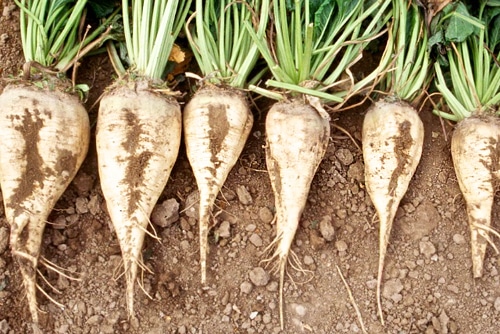
Another important aspect of growing an agricultural crop is the presence of a water-retaining layer in the soil at a depth of at least 60 cm. The main thing is that the water is not too close to root crops, otherwise they will begin to rot and disappear. If the liquid goes into the lower layers of the soil, then the growth of the bushes will slow down.
Precursors for beets in crop rotation
When growing varieties of sweet sugar beets, it is important to follow the rules of crop rotation.This is an important aspect of vegetable growing, on which the success of growing crops depends. It is prohibited to grow crops that produce root crops, primarily beets, after such plants:
- Mangolda.
- Cabbage.
- Radish.
- Rapeseed.
- Kohlrabi cabbage.
- Spinach.
- Rutabagas.
- Legumes.
- Ryzhik.
- Turnip.
- Radishes.
- Mustard.
This is due to the fact that the above plants suffer from the same diseases as beetroot. And if the soil was contaminated during their cultivation, then there is a high risk of developing diseases on sugar beets. You cannot plant the same crop for several years in a row on the site. The soil becomes poor and subsequent plantings will not have enough nutrients for normal growth.
Vegetables and herbs are good precursors for sugar beets. It is best to plant seeds after winter wheat and barley. Areas where potatoes used to grow are suitable. Provided that at this time the site was thoroughly cleared of weeds (beets and potatoes have common weeds).
For summer residents, this option is most acceptable, because wheat and barley are not grown for the household.
Autumn and spring tillage
In the first year of sugar beet cultivation, it is important to prepare the soil for planting planting material. Usually, soil preparation begins in the fall after harvesting from the site. The land is thoroughly cleared of weeds. Dig it to a depth of at least 20 cm. On such a layer, harmful insects usually prefer to winter, which lay their larvae with the onset of spring. It is they who further spoil the yield.
In particular, cultivation includes preparing the beds in the spring for sowing. After all the snow melts and the earth warms up, it is dug up again and organic or mineral fertilizers are applied. In the spring, it is not desirable to introduce fresh undecomposed manure. Dry grain straw is used as a top dressing during spring soil preparation.
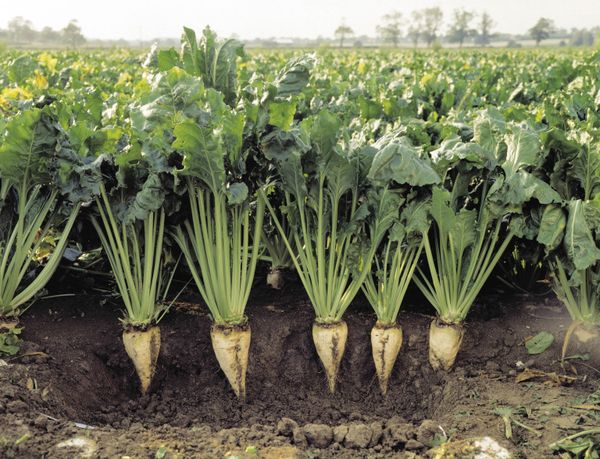
Fertilizers for beets
The technology for growing sugar beets in the open field depends on the frequency of application of mineral and organic fertilizers. In the fall, during the period of digging up the soil, top dressing is introduced into it. For 1 hundred square meters, you need to use 35 kg of manure and 2 kg of potash-phosphorus fertilizers. At this point or two weeks after the first feeding, nitrogenous fertilizers are applied in an amount of 1 kg. You need to be careful with the use of nitrogen-containing dressings, since nitrogen tends to accumulate in root crops.
Fertilizers for beets in the spring they are applied during sowing of seeds 4 cm deeper than them. During the growing season, the bushes are especially in need of fertilizers for active growth and development. Phosphate or superphosphate is used. Boron is used from foliar dressings during this period. It is brought in three times. First time at the beginning of the growing season. The second top dressing is applied in 25-30 days. And the last fertilization is carried out a month before harvesting.
With the use of fertilizers, you will be able to grow more root crops in the fall. As a foliar feeding, a urea-ammonia mixture is used. 1.5 liters is enough for one hundred square meters. Top dressing ceases to be applied a month before the expected harvest.
Selection of beet varieties
The main difference between all varieties is the level of sucrose in root crops.
There are several types of sugar beet varieties:
- Yielding (the sugar content of root crops is 16.5%, the yield of such varieties is high).
- Sugar-yielding (sugar content reaches 18.5%, yield is average).
- Sugar (the most lean varieties belong to the sugary subspecies of beets, the sucrose content reaches 21.5).
There is no clear dependence among these types. Sugar beets are often used as livestock feed, so you can choose any variety. The main thing is that the length of the seeds was at least 3.5 cm.Otherwise, there is a risk of being left without a crop at all.
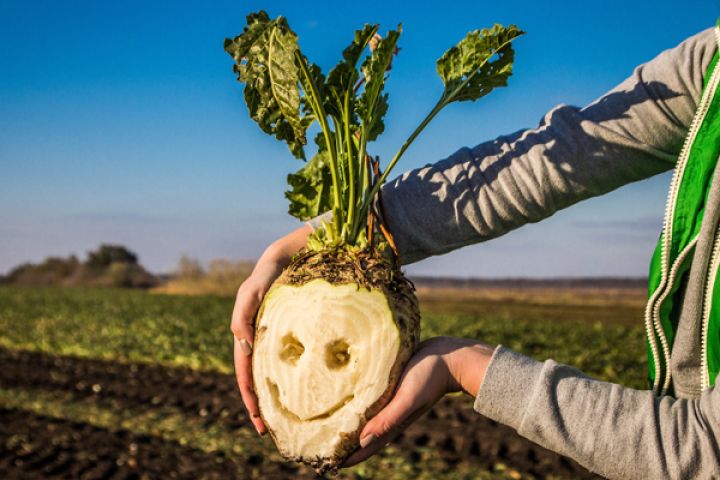
Among the varieties of sugar beet, the following are distinguished:
- Bohemia - characterized by roots with a high sucrose content. Excellent as livestock feed. The average weight of the root crop is 2 kg. 3 centners of the crop are harvested from each hundred square meters of plantings. The tubers ripen up to 80 days. suitable for long-term storage, root crops after harvesting do not rot for a long time.
- Bona - small root crops, 300 g each, which greatly facilitates harvesting. The sucrose level is close to 12%. From the moment of planting the seeds to the growing season, 84 days pass. The main difference between Bona and other sugar beet varieties is drought tolerance.
- Araxia is a high-yield variety. 800 feed units are harvested from 1 hectare. Hollows in root crops are formed in rare cases.
- Bigben is a variety of German breeders that is not prone to the formation of hollows in root crops. The yield is high, 700 centners per hectare. The level of sucrose reaches 15.7%.
In the household, sugar beets are not planted in hectares, so the main thing is to choose high-quality seeds. This is the only way to grow a small but high-quality crop.
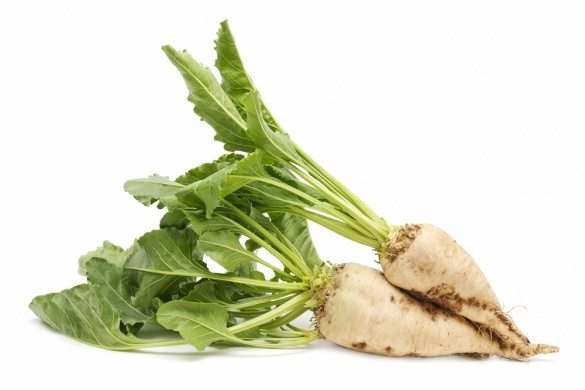
Sowing beets
Sowing sugar beets is an important step that you should pay attention to. Seeds of sugar beet varieties require preliminary treatment before planting them in the soil. This will increase the yield. Planting material is sown in the spring. After the soil warms up at a depth of 5 cm by 6-8 degrees, planting is stopped.
Sowing seeds is preceded by soaking them in a solution of wood ash. This will make the beets grow faster. The depth of planting seeds is from 2 to 4 cm. Gaps of 45 cm are left between the rows (depending on the structure of the soil). Grooves are made in the soil and the seeds, previously mixed with sand, are poured in a thin stream. After that, the groove is covered with soil.
Planting and growing sugar beets outdoors involves thinning the sprouts after they have emerged. The number of plants should be such as not to interfere with each other's growth. Thin the sprouts twice. For the first time, the sprouts are thinned at a distance of 5–7 cm from each other. The second is at a distance of 15–18 cm. Immediately after planting, the beds are watered abundantly with warm water. In the future, sugar beets have enough moisture from the rains.
Weed protection
Growing conditions for sugar beets require regular weed management. In industrial cultivation, herbicides are used to produce sugar, since the planting area is too large. On personal plots, the manual method is mainly used. The beds are weeded or manually weed if few are available.
Weeding large areas, as well as weeding potatoes, is a lengthy and laborious process. During the season, the plots are weeded from weeds several times. Especially at the beginning of the growing season, when young bushes quickly become overgrown with weeds and die.
The use of herbicides is not advisable unless there is a specific need to do so. The use of herbicides is safe only after the emergence of shoots, until this point it is advisable to use the manual method of removing weeds. Processing of bushes is carried out in the morning or in the evening, when the air temperature is from +15 to +25 degrees. First you need to look at the weather forecast so that it doesn't rain for 6-7 hours after spraying. After processing and cleaning the beds from weeds, the soil is watered.
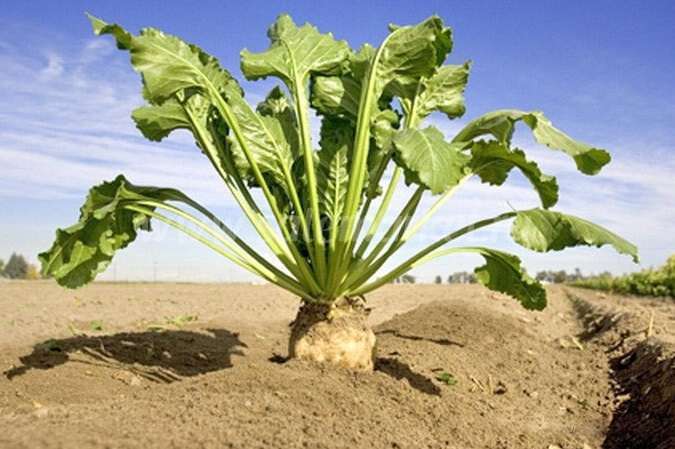
Pests and diseases
Many problems for summer residents can be caused by pests and diseases that spoil the harvest and contribute to the death of plants.
Helpful tips from pests and diseases of sugar beet:
- As a preventive measure, the bushes are regularly examined for damage and the appearance of insects.
- You cannot water the bushes with cold tap water; it must warm up in the sun before watering.
- Digging up the soil in the fall will help prevent pests in the spring.
A common sugar beet disease is brown or late rot. Fungi contribute to the development of the disease. Also, beet aphids and nematodes often spread on beet beds. To eliminate insects, plantings are sprayed with Fitosporin or Fitoverm during the growing season. These preparations are biologically pure, do not pollute the soil and do not accumulate in root crops. At the same time, the use of these chemicals does not negatively affect the yield. In addition, Fitosporin is used in the spring when loosening the soil for planting seeds.
Three weeks before harvest, even if there are insects in the beds, it is not recommended to use herbicides.
Using tubers treated with chemicals for food or as animal feed is fraught with human poisoning and the death of livestock.
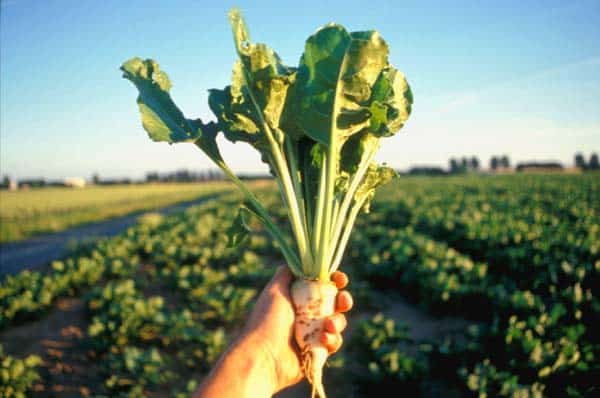
Harvest
They begin to harvest vegetables from the garden in August-September. Sugar beets are harvested from the site at the end of September. During harvesting, you need to be careful with elongated root crops, which break immediately if they are not moved. This helps to reduce shelf life.
The optimum storage temperature for root crops is + 1–5. You can store the fruits at subzero temperatures. But this is possible only in cold climates, when there are frosts all winter. A sharp drop in temperature leads to rotting of root crops.
In the absence of storage facilities, special buildings or trenches are erected. They are insulated with heat-insulating materials (straw, sawdust or carefully compacted snow).
Beet sugar is often used in cooking. It is used instead of sugar for making sweet pastries, finely chopped before that. Root vegetables are suitable for making salads. It is also used for the preparation of medicines. It is not recommended to eat beets only for people with diabetes.
Root vegetables are good for domestic chickens and ducks. If you add small pieces of root vegetables to the feed along with the grain, the bird will begin to grow faster and increase meat. It is useful to give chopped beets to cattle.
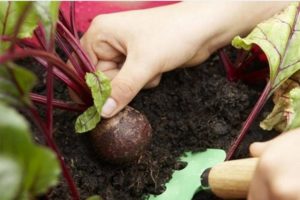
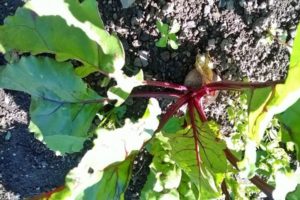

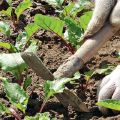
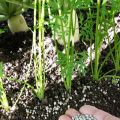
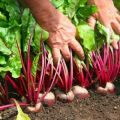
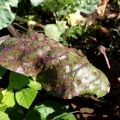


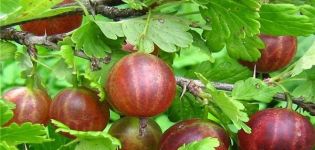
An interesting article ... But tell me why the article is called “Description of sugar beet varieties, cultivation and cultivation technology, yield”, if the list of varieties includes varieties of table beet? Beet varieties such as Boheme, Bona, Araxia suddenly became sugar ?! Interestingly it turns out ... Please do not write nonsense! People rely on your information, look for and order varieties with such names, but in the end they buy the wrong ... Check the data before publishing, then the reviews will be positive!
Good day! On beets, everything is very thin. But in fact, the concepts of "sugar" and "bad" are poorly differentiated. There is a certain threshold for sugar content, and then there are gradations - sweet, sweeter, etc. And in fact, I am more inclined to consider your statements hate - you did not give any arguments, you just decided to make fun of them.